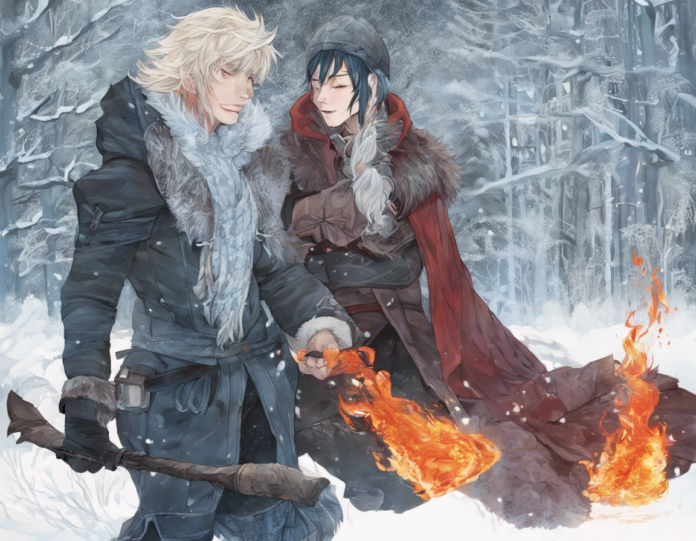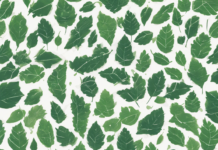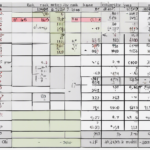Fire and frost are two contrasting elements of nature that have captivated human beings for centuries. The flickering flames of a roaring fire can evoke feelings of warmth, comfort, and relaxation, while the delicate patterns of frost on a cold winter morning can inspire awe and wonder. As a photographer, capturing the beauty of fire and frost presents a unique set of challenges and opportunities. In this article, we will explore the techniques, equipment, and creative approaches that can help you create stunning images that showcase the mesmerizing beauty of these two elements.
Understanding Fire
Fire is a dynamic and ever-changing element that can be both mesmerizing and dangerous. When photographing fire, it is important to prioritize safety and take necessary precautions to avoid accidents. Additionally, understanding the behavior of fire can help you anticipate its movements and capture compelling images.
Safety First
- Always have a fire extinguisher nearby
- Avoid flammable materials
- Keep a safe distance from the fire
Understanding Fire Behavior
- Flames tend to move upwards
- Different materials produce different colored flames
- Fire intensity can vary
Equipment
When photographing fire, it is essential to have the right equipment to ensure sharp and well-exposed images. Here are some essential tools for capturing the beauty of fire:
- Tripod: To keep your camera stable during long exposures
- Remote shutter release: To minimize camera shake
- Fast lens: To capture sharp images in low light conditions
- Protective gear: To shield yourself and your equipment from heat and debris
Techniques
- Long exposure: Use a slow shutter speed to capture the movement of flames
- Focus on details: Capture the intricate patterns and textures of burning embers
- Experiment with angles: Explore different perspectives to find unique compositions
Embracing Frost
Frost is a delicate and ephemeral phenomenon that can transform ordinary objects into works of art. Photographing frost requires a keen eye for detail and an understanding of lighting and composition. By following these tips, you can create stunning images that showcase the intricate beauty of frost.
Lighting
- Soft, diffused light works best for capturing the delicate details of frost
- Backlighting can enhance the transparency and sparkle of frost crystals
- Avoid harsh sunlight, which can create glare and shadows
Composition
- Look for interesting patterns and textures in the frost
- Include foreground elements to add depth and context to your images
- Experiment with different angles and perspectives
Equipment
When photographing frost, consider the following equipment to help you capture stunning images:
- Macro lens: To capture the intricate details of frost crystals
- Tripod: To ensure sharp images in low light conditions
- Lens hood: To prevent lens flare and protect your lens from moisture
Techniques
- Get close: Fill the frame with frost to highlight its intricate details
- Adjust your white balance: Experiment with different white balance settings to capture the true colors of frost
- Use a shallow depth of field: Create a dreamy, ethereal effect by blurring the background
Frequently Asked Questions (FAQs)
Q: Is it safe to photograph fire up close?
A: While photographing fire can be visually appealing, it is essential to prioritize safety. Always maintain a safe distance from the flames and have a fire extinguisher nearby in case of emergencies.
Q: What camera settings should I use for photographing fire?
A: When photographing fire, use a low ISO to reduce noise, a slow shutter speed to capture the movement of flames, and a narrow aperture to ensure sharp focus.
Q: How can I prevent condensation when photographing frost?
A: To prevent condensation on your lens when photographing frost, allow your camera to acclimate to the cold temperature gradually. Use a lens hood to protect your lens from moisture, and keep a microfiber cloth handy to wipe away any condensation.
Q: Can I photograph fire and frost in the same image?
A: While photographing fire and frost together can create a visually striking contrast, it is crucial to take necessary precautions and ensure the safety of yourself and your equipment.
Q: What post-processing techniques can enhance images of fire and frost?
A: In post-processing, you can adjust the contrast and saturation to bring out the vibrant colors of fire and frost. Experiment with different filters and effects to create unique and captivating images.
In conclusion, capturing the beauty of fire and frost requires patience, creativity, and a keen eye for detail. By understanding the behavior of these two elements, choosing the right equipment, and experimenting with different techniques, you can create stunning images that showcase the mesmerizing beauty of fire and frost. Whether you are drawn to the flickering flames of a crackling fire or the delicate patterns of frost on a cold winter morning, there is endless beauty to be discovered in these two contrasting elements of nature.








